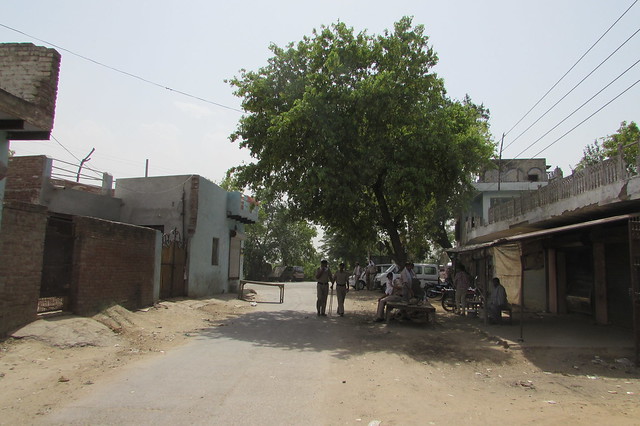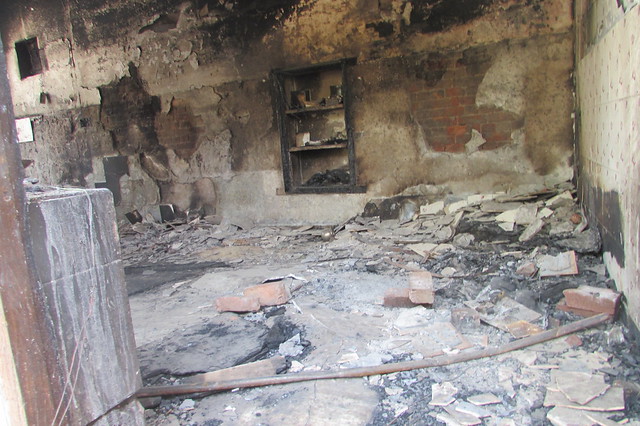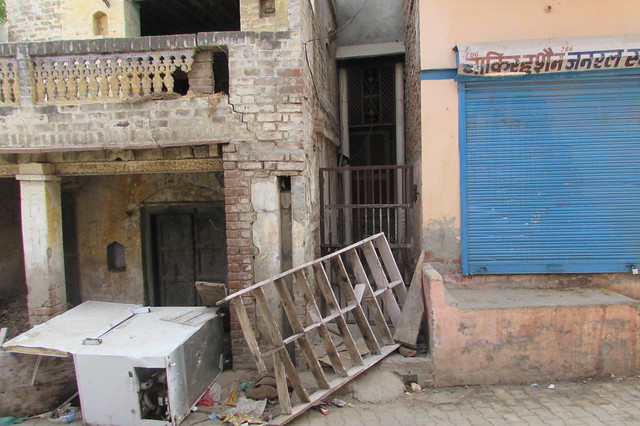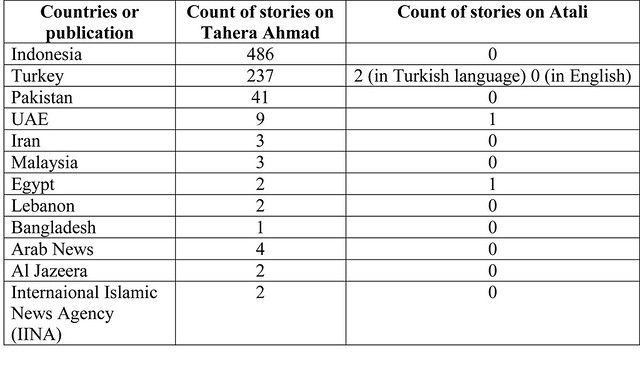All the news that is not fit to print
It is high time that Muslims of India realize that if they don't tell their own stories, no one else will. And why should anyone else speak on our behalf anyway?
By Kashif-ul-Huda, TwoCircles.net
The New York Times, one of the most respected names in journalism, carries a curious phrase on its masthead every day – "All The News That's Fit To Print." It was coined more than a century ago to separate NYT from all publications indulging in sensationalism. But given the NYT's huge influence over politics and culture, it is a claim that whatever they don't publish is not news or at least news not worth knowing about. And if NYT highlights an issue, then other media outlets follow the lead and start covering that particular topic.
In that context, it is important to pay attention to what is covered and what is not covered by your favorite newspaper, TV channel, or news website. Who makes the decision on what to cover and what is to be left off the pages? Which incidents deserve more space? Should we put our resources affecting one person nearer home or something that impacts hundreds of lives thousands of miles away?
These are difficult questions that news editors everywhere grapple every day. But these are also the questions that open up the decisions to the personal biases of the people making those decisions. Thankfully, or unfortunately, the pressure of social media, cost-cutting measures of the owners, and laziness of journalists have all aligned to weaken the editors and their decision-making abilities. Now, what trends on the social media, especially on Twitter, will more often than not be covered by the media.
But the social media comes with own skewed user demographics. It is not a representation of global population. What trends on social media may not be the reality of the day. News of western nations still get far more coverage in the world media than happenings in other parts of the world. To illustrate this point, let's pick two examples from the last week of May.
 Atali village
Atali villageFirst incident happened in India, where on May 25, a mob attacked Muslim villagers of Atali, about 50 kms from nation's capital Delhi. The mob destroyed the under-expansion mosque, burnt houses and properties, looted business. Many Muslims were injured, the fear thus created forced 500-odd Muslims to take shelter at a police station, who for days refused to go back to their homes until their demands were met.
The second incident occurred in the United States just a few days after the first incident. On Friday May 29, a Muslim woman in hijab Tahera Ahmad was refused a can of unopened soda by a flight attendant saying that she can use it as a weapon. She was deeply hurt by this treatment and bigoted comments from a fellow passenger. "I am in tears of humiliation from discrimination," Tahera wrote on her Facebook page.
As an editor myself, both stories are important and worthy of being told: one is about the physical and mental violence that hundreds of Muslims suffered just an hour's drive from the capital of a secular and democratic country and the second story on emotional harassment that the environment of islamophobia creates for individual Muslims.


Shops and properties of Muslims besides their houses have been damaged and looted.
However, if I have to decide between the two, I will go for the first story because that shows growing environment of communal violence that is making Muslims and Christians very uncomfortable since the new government took office a year ago in India. If the scale of violence (no one died) was not enough to do the story, then there was a "hook" in journalism parlance, something that draws the readers in and makes the story relevant. The violence just a day before the one year anniversary of the BJP-led NDA government under the leadership of Narendra Modi, who was the Chief Minister of Gujarat in 2002 when over a thousand Muslims were massacred in his state and under his watch, provided the necessary "hook" to this story to make the international readership interested in it.
But alas! That was not the case. I searched for the two stories in media of different countries using google news advanced search functionality to limit by location. The results are very interesting. In all the countries that I checked Tahera Ahmad got more coverage than poor Muslims of Atali village, except of course, India. Of course, India is a location of the first story, so it is not surprising that there were more than 9,000 articles on Atali while only six mentioned Tahera Ahmad story.
Reverse was true in the United States, site of our second story, where there were almost 14,000 stories on Tahera Ahmad but only seven on Atali and all seven stories were from TwoCircles.net, a news site that covers Indian news but since it is based in the US, hence Google News counts it in the USA location.
United Kingdom – which has sets new standards of journalism with such respectable news organizations as BBC and The Guardian – also favors Tahera story over Atali 466 to 1. The lone story on Atali came in British tabloid the Daily Mail.
I repeated my search terms ('Tahera Ahmad' AND 'United Airlines' for story one, and 'Atali' or 'Ballabgarh' for story two) while changing the location term to different countries. I was interested in how media in Muslim countries pay attention to Indian Muslims, second-most if not "the" largest Muslim population in any country. Therefore I searched for my keywords in those countries and saw some surprising results.
I started with the United Arab Emirates because it has a big Indian population and many Indian journalists work in UAE publications. I was sure they will be paying close attention to Indian stories. While there were nine stories on Tahera Ahmad, there was only one story on Atali. This Atali story was published in the Gulf News and that too directly sourced from the Press Trust of India.
Next was Saudi Arabia and I didn't find anything therefore I searched directly on Arab News website, major English daily of the Kingdom. While I found four stories on Tahera Ahmad, there was nothing on Atali at all. Similarly, Al Jazeera's English website has two stories on Tahera Ahmad but nothing on Atali.

The coverage of Tahera Ahmad's story is very skewed with Indonesian and Turkish press doing hundreds of stories on her ordeal but then most other did 2-3 stories. On the other hand, Atali didn't even register for most of the press in Muslim countries. Only Turkey had more than one story and that too in just Turkish language. One Atali story in Gulf News was from Indian news agency PTI and one story that appeared in Egypt was in OnIslam.net website, which was started by journalists who left IslamOnline.net few years ago. OnIslam.net is a pretty decent site for international Muslim news.
Our story, their story
So what does this exercise tells us? First, the stories are still driven by where it happened rather than what the story is, that is, the merit of the story. Second, social media still plays a role in driving the story but it is heavily biased by the habits and personal preferences of people who are on the social media. Third, while Indian Muslims organizations do not get tired of holding press conferences, issuing statements, and organizing seminars on global Muslim issues, the Muslim ummah living outside doesn't care too much about what is happening to the parts of Ummah in India.
It is high time that Muslims of India realize that if they don't tell their own stories, no one else will. And why should anyone else speak on our behalf anyway? But the energy that is wasted on worrying about the ummah (and that is just more worrying as Indian Muslims have no influence on world affairs) is better spent making the community more empowering and joining hands with other marginalized communities in India who are also going through some of the same struggles.
Related:
Atali villagers claim May 25 incident a 'warning' to Muslims
Atali Muslims refuse to go back to their homes until their demands are met
http://twocircles.net/2015jun10/1433928550.html#.VXmT1tKqqkp

No comments:
Post a Comment